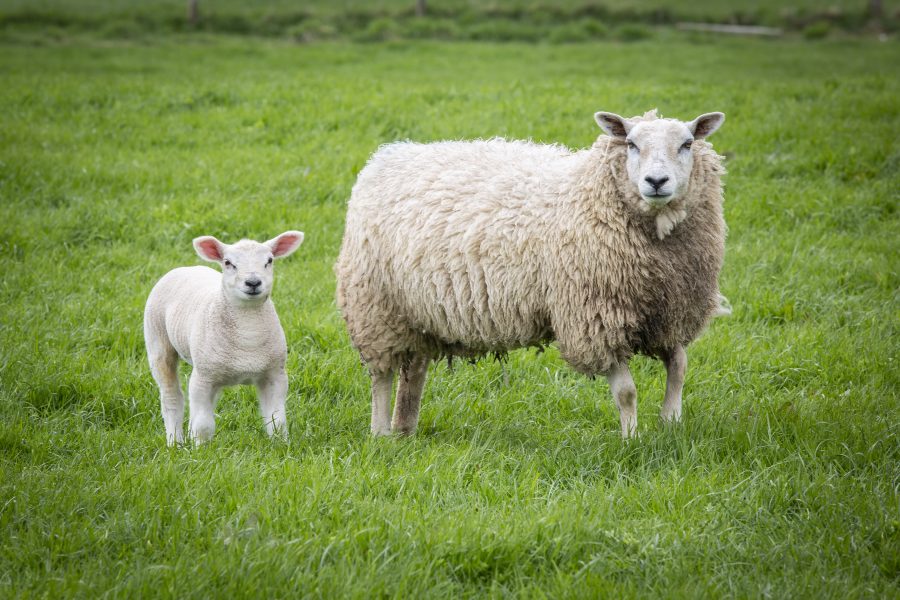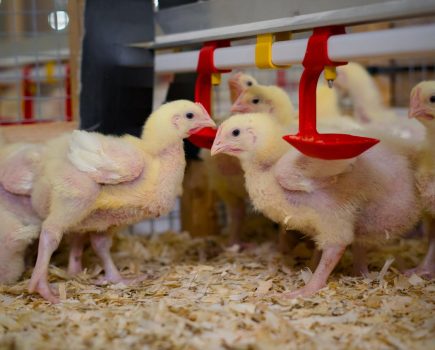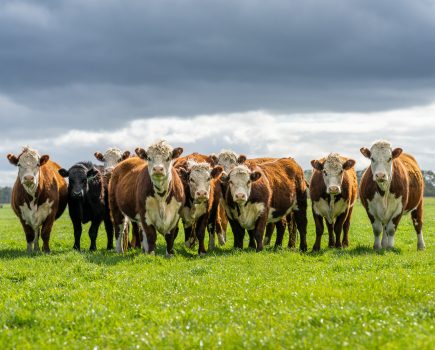EAE (Enzootic Abortion of ewes) remains a significant issue on sheep farms and was one of the top three causes of sheep abortion in Great Britain in 20231 costing the UK sheep industry up to £20 million a year2.
Caused by the bacterium, Chlamydia abortus (Chlamydophila abortus), one ewe with EAE in the first season can infect many ewes with no obvious signs or symptoms. The disease remains latent in these newly infected ewes until the following lambing season, when they may abort in significant numbers of up to 30%3.
Farmers are being urged to test for EAE if they have experienced an abortion rate of over two per cent in their flock or if two or more have aborted over two to three days irrespective of the size of flock.
A ewe that aborts with Chlamydia abortus (Chlamydophila abortus), is usually fit and healthy throughout, but it may have the following signs: a red/brown vulval discharge, abortion of lambs from three weeks before due date, a red inflamed placenta or small, weak or dead lambs.
The best sample for testing is the whole aborted, fresh foetus and placenta. This can be sent to a lab for post-mortem and analysis. If the lab is too far away or not open, a vet can take relevant samples.
Some tips to ensure the best samples are taken include:
- Always sample fresh cases where possible
- Avoid cases that are rotting or mummified
- Sample more than one case, if available
- Start investigations as soon as you’ve identified there’s a problem
Ceva Animal Health has launched its annual Assure Ewe diagnostic support scheme for sheep farmers experiencing flock abortions during lambing. The subsidised testing scheme is available through participating vet practices for flocks showing late term abortion or ewes lambing at term with weakly or still born lambs. Up to six ewes can be sampled from flocks that do not vaccinate against EAE; these samples may be useful in flocks where an investigation during the outbreak was not possible, or to confirm the diagnosis in aborted ewes. Aborted ewes can be tested for Chlamydia abortus (Chlamydophila abortus), ideally from three weeks to three months after lambing. Ceva recommends that farmers record tag numbers and mark up ewes that have aborted so that they can be easily identified for screening at the end of lambing.
Phillipa Page BVSc BSC MRCVS, veterinary advisor at NADIS and consultant sheep veterinary surgeon at Flock Health Ltd, comments: “It can be stressful at the start of lambing if you are experiencing abortions in your ewes. In the first instance assume that the cause may be infectious and contact your vet for some advice and a plan if the abortions continue. It is very useful to get a diagnosis, where possible, to help decide on a strategy for this lambing and future lambings.”

For further information on EAE, the Assure Ewe scheme or Ceva Animal Health’s Cevac Chlamydia vaccine, please contact your vet or visit https://enzooticabortion.co.uk/.







